
The United States Navy’s workhorse, the F/A-18 Super Hornet, recently made headlines with an intriguing development: an F/A-18E/F from the VX-9 “Vampires” squadron was spotted equipped with a RIM-176 Standard Extended Range Active Missile (SM-6), signaling a potential expansion of the aircraft’s strike capabilities.

This maneuver, captured near Naval Air Weapons Station China Lake, hints at the Navy’s quest to advance the warfare abilities of its air fleet, particularly in strategically critical areas like the Indo-Pacific, where a greater strike range could be pivotal.
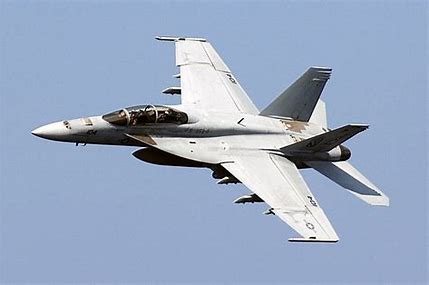
This revelation aligns with the VX-9 squadron’s mission to rigorously test air-to-ground and air-to-air weapons, sensors, and electronic warfare systems before they enter operational service.
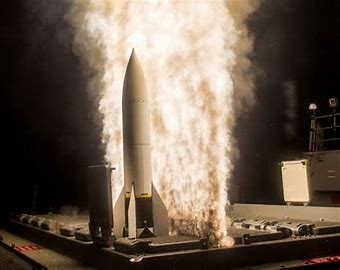
The SM-6 missile, a creation of defense manufacturer Raytheon, is no stranger to the Navy, having been integrated with the Aegis Combat System and designed for both anti-air and anti-ship missions.
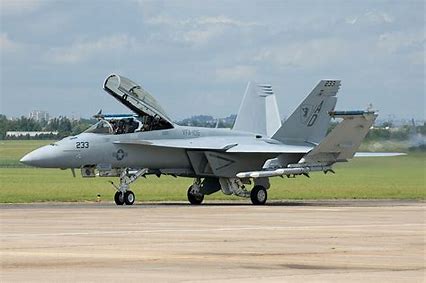
This missile’s range—up to 250 nautical miles—could significantly extend the operational reach of U.S. carrier strike groups, offering a counter to adversaries like China that have sought to push carrier operations further out to sea.
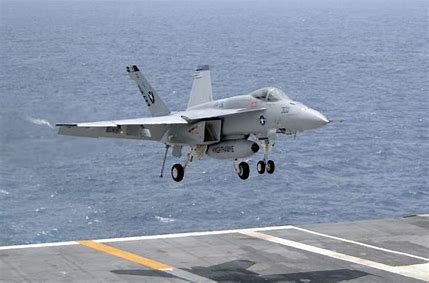
Photos shared by photographer @StinkJet unveiled the Super Hornet adorned with the SM-6, further piquing interest about the jet’s evolving role within the Navy.
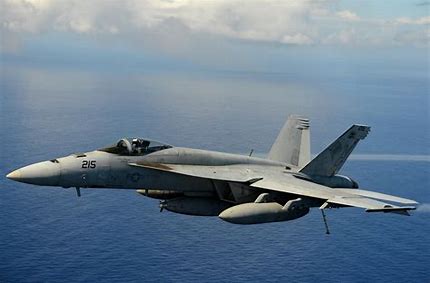
The F/A-18E/F’s compatibility with advanced radar systems like the AN/APG-79 or F-35C AN/APG-81 AESA radars may allow for sophisticated targeting coordination, possibly employing an F-35C as a forward guide for the missile once launched from a Super Hornet.
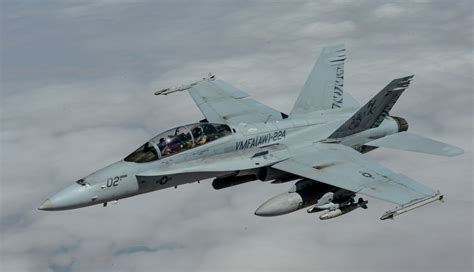
Yet, these strides in capability come as the Super Hornet faces its eventual sunset. Production of the F/A-18E/F is slated to cease by 2025, with the looming end of a legacy that began in the 1990s when the Super Hornet emerged as an enlarged and enhanced variant of the original F/A-18C.
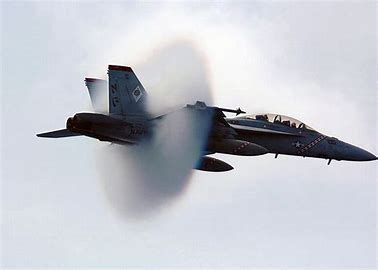
The end of its production signifies a transition to more stealth-focused platforms, with the F-35 Lightning II and the Navy’s forthcoming sixth-generation fighter poised to take the helm. The U.S. Navy will gradually shift from a Super Hornet-dominated fleet to one featuring a combination of F-35Cs and Super Hornets, before the latter is replaced entirely by the Next Generation Air Dominance (NGAD) fighter.

Notably, the Super Hornet’s operational track record has been robust. From precision strikes against Houthi targets in Yemen to its indispensable role on the flight deck of the USS Gerald R. Ford, the aircraft has served as both a fearsome attack tool and a fighter protector.
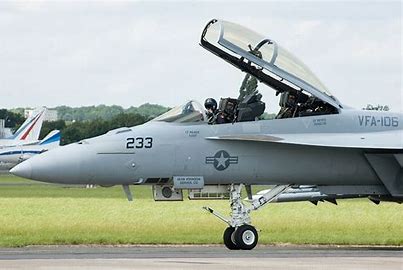
Boasting a range of technological improvements like the advanced Block III upgrade, which includes a more sophisticated cockpit system and reduced radar cross-section, the Super Hornet has asserted itself as the backbone of naval air power.
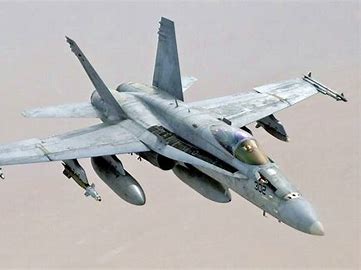
Reflecting on the experiences of pilots like Dave Buonerba, the Super Hornet’s utility and performance in comparison to legacy Hornets is striking.

Buonerba noted the Super Hornet’s ability to handle multiple mission types simultaneously, a testament to its versatility and technological sophistication. The Super Hornet’s handling, landing ease on carriers, and acceleration, particularly at low altitudes, underscore the thoughtful engineering behind its design.
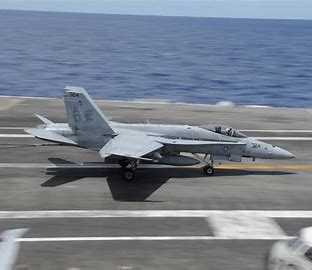
As the era of the Super Hornet prepares to bow out to next-generation technologies, the U.S. Navy’s flight path is clearly charted towards a future where advanced stealth, range, and unmanned systems will shape air superiority.

Even as the Super Hornet’s production line winds down, its legacy of innovation, adaptability, and service will continue to inspire naval aviation’s future chapters.
Relevant articles:
– The U.S. Navy F/A-18 Super Hornet Fighter Will Pack More ‘Sting’, The National Interest
– The F/A-18 Super Hornet Still Can Sting Like No Other Fighter Plane, The National Interest
– Interview with Super Hornet pilot: F/A-18E versus F/A-18C- the final word!, Hush-Kit
– The Super Hornet Is Going to Die, Popular Mechanics
